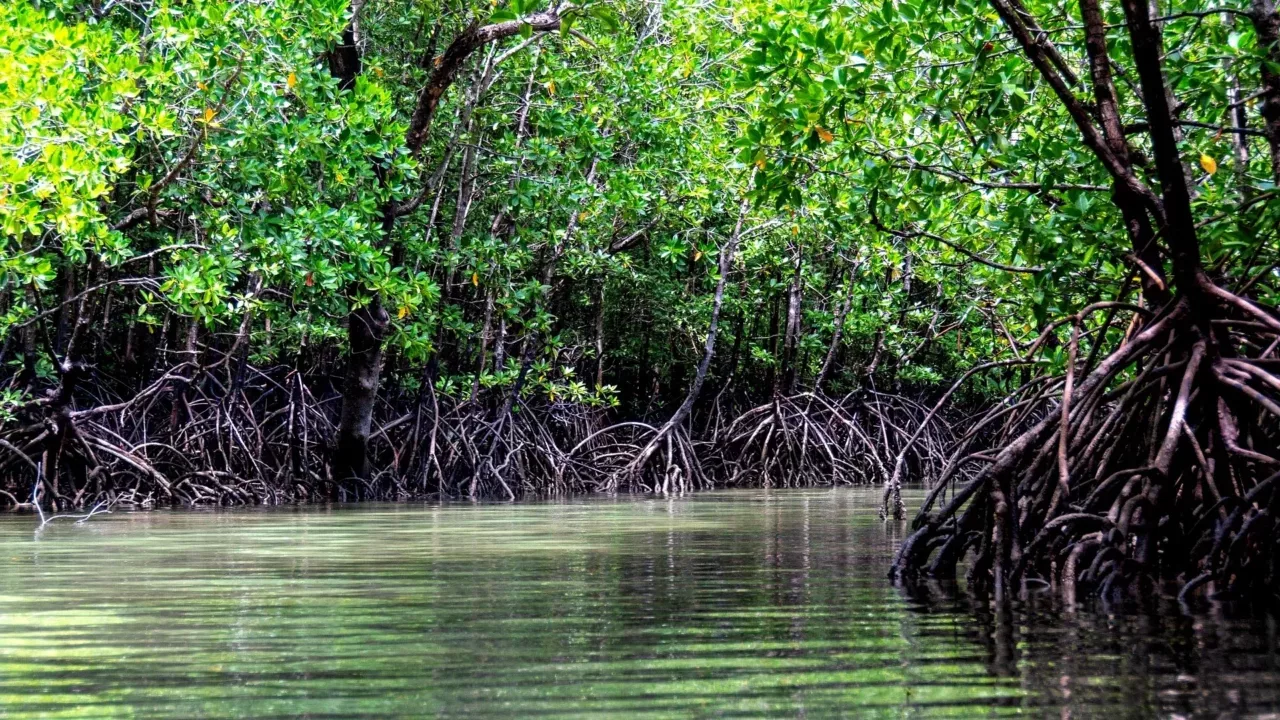Mangroves are some of the most productive ecosystems on earth. Not only do they provide us with jobs, food, and shelter material, but they also protect our shorelines from storms, promote biodiversity, and act as a powerful weapon in the fight against climate change. But despite these many economic, social, and environmental benefits, mangroves are disappearing at an alarming rate. Worldwide, 35% of mangrove cover was lost between 1980-2000 alone. Experts estimate that some areas in the Western Indian Ocean region have lost as much as 88% of their mangroves, a trend that—if left unchecked—is only likely to accelerate with rapid increases in population and coastal development.
While governments acknowledge the importance of mangroves, the success of restoration efforts has been limited. The new Guidelines on Mangrove Ecosystem Restoration for the Western Indian Ocean Region analyze risks and challenges to restoration projects and point to potential solutions. They were developed by the member states of the Nairobi Convention with support from UNEP–Nairobi Convention Secretariat, the Western Indian Ocean Marine Science Association, the Western Indian Ocean Mangrove Network, and the United States Agency for International Development.
With the inclusion of case studies from around the region, the Guidelines also enhance and promote shared lessons and best practices across the Western Indian Ocean and beyond.
Read them now at nairobiconvention.org! You can also find additional materials on the Guidelines, including a press release, key takeaways, videos, and more, by clicking here.

